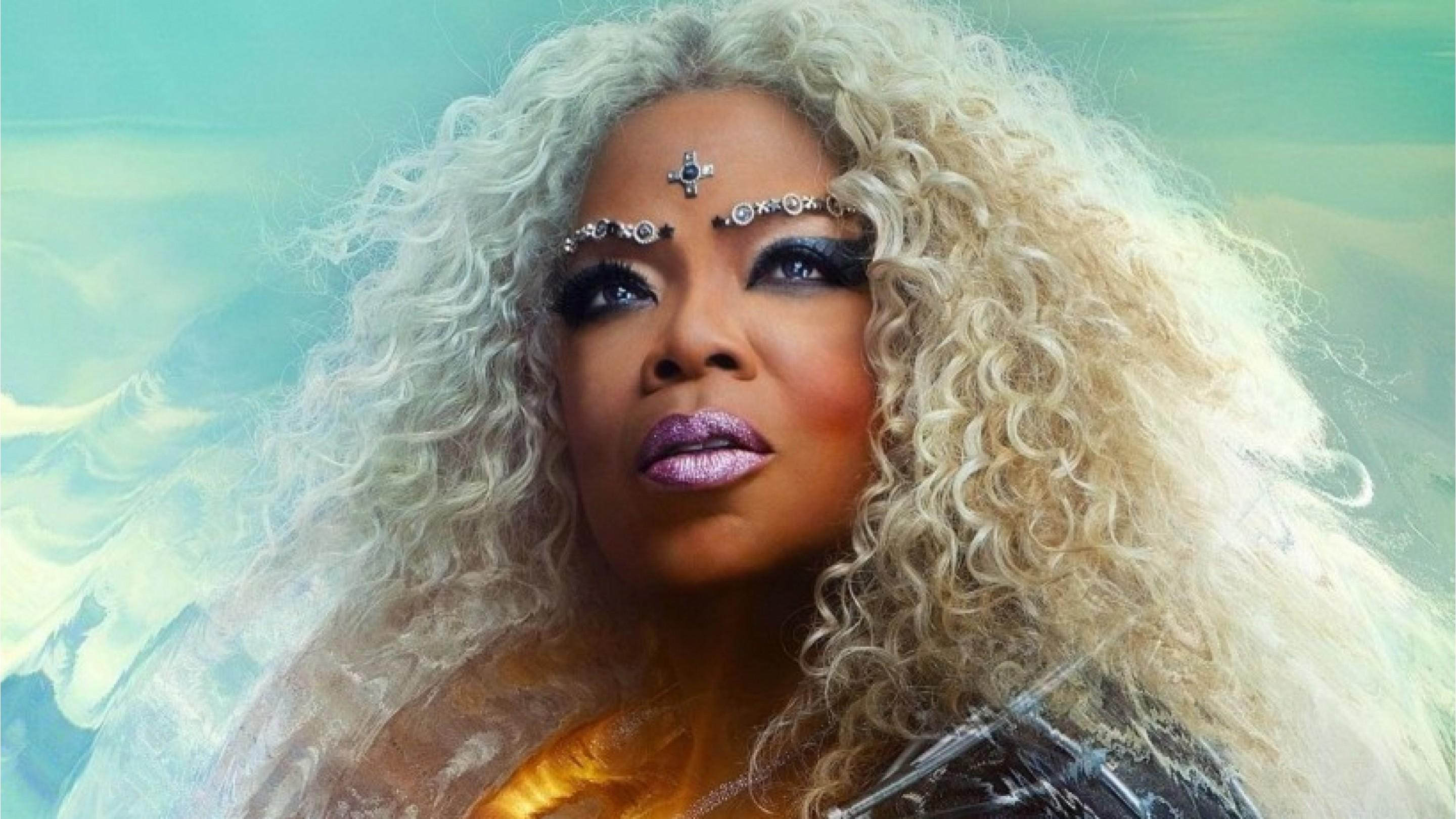

He will have arced into the subsequent archetype. The archetype in which the protagonist begins the story will not be the archetype in which he ends the story. Because these archetypes represent Positive-Change Arcs, they are therefore primarily about change.

In short, although I will use feminine pronouns for the feminine arcs and masculine pronouns for the masculine arcs, the protagonist of these stories can be of any gender.Ģ. Together, all six life arcs create a progression that can be found in any human life (provided we complete our early arcs in order to reach the later arcs with a proper foundation). Primarily, this indicates the ebb and flow between integration and individuation, among other qualities. The arcs are alternately characterized as feminine and masculine. Reminders: Once again, before we officially get started, I want to emphasize two important reminders that hold true for all of the arcs we’ve studied.ġ. But there is also the final temptation-to use his great power and wisdom, the riches of his entire well-spent life, not to guide those he loves but to control them in ways he has no right to. He can be male, female, animal, or mineral, just as the crone, his female counterpart, can also affect her guises with ease.įor the Mage, who has already accepted Death, what is there left to transform? What is left, of course, is the final threshold to cross in earnest. In dreams and in tales, he appears as a man as often as he shows up as a woman. Though the mage can be of either gender, here it is a powerful male figure similar in fairy tales to the stalwart brother who so loves his sister that he will do all to help her. Such things as the split-second recall, the thousand-league vision, the hearing over miles, the empathic ability to see from behind anyone’s eyes-human or animal- … the magician … shares in these and also, traditionally, helps to maintain them and enact them in the outer world. The mage, or magician whom the king brings with him to interpret what he sees…. In Women Who Run With the Wolves, Clarissa Pinkola Estés speaks to this archetypal wisdom: Women Who Run With the Wolves by Clarissa Pinkola Estes (affiliate link)
#Mage time wrinkle movie
Even more rarely is the Mage fully embodied in a “realistic” story (although to my mind Atticus Finch in To Kill a Mockingbird seems a possible example from a symbolic viewpoint).Įven when the Mage shows up in a real-world story, his deep, almost otherworldly wisdom inevitably brings with it a touch of the magical-as, for example, with Will Smith’s wise and mysterious caddy in the golf movie The Legend of Bagger Vance.

But rarely is this character the protagonist (perhaps because almost all of us relate more obviously to the younger archetypes who mirror our own positions in the cycle). We see it most plainly in the metaphor of fantasy stories that offer up a supernatural Mentor to a world in need. In part because of that fact itself, the Mage Arc is mysterious. Therefore, even fewer among us will even get the opportunity to truly take on the deep mysteries of the powerful Mage Arc. Although anyone who lives long enough will reach the Crone Arc at least chronologically, not everyone will accept her challenge and fulfill her difficult arc of embracing her own mortality. Finally, the Third Act- the Crone and the Mage-turns its attention to Mortality and to the integration of soul and spirit.Īs we discussed in last week’s post, the Crone Arc represented the complete transition of the character from the “outer” world struggles with one’s self and other people into the “inner” world struggles with more existential and spiritual crises.

The Second Act- the Queen and the King-focused on challenges of Power and on integration within relationship to others. The First Act-featuring the Maiden and the Hero-focused on overcoming challenges of Fear in integrating the parts of oneself and individuating. Throughout this series, we’ve viewed the six “life arcs” as part of a unified story structure, or Three Acts. The final two archetypal character arcs in the life cycle deal primarily with questions of Mortality-and thus inevitably with the ultimate questions about the meaning of life.


 0 kommentar(er)
0 kommentar(er)
